NSW Labor leader roadshow will be a ‘self-indulgent’ power struggle
A roadshow to determine the next NSW Labor leader could be a long and drawn out process which will deflect from the real issue at hand — being an Opposition, writes Anna Caldwell.
Opinion
Don't miss out on the headlines from Opinion. Followed categories will be added to My News.
Distill the purpose of the Opposition down to just two things and it is quite simple.
Firstly, hold government to account. Secondly, fight to get back into government.
Succeed on both fronts and you’re measuring curtains in the ministerial wing.
In what universe, then, could anyone think it’s a wise idea in Opposition to send two of your best people on a roadshow cage fight where they try to impress a few folks who are going to vote for them no matter what come election time?
It is hard to imagine more self-indulgent, time-wasting stupidity.
But such is the absurdity of what NSW Labor is preparing for.
We will know soon, by Monday at the latest, if Chris Minns and Michael Daley will send the party into a rank and file showdown to determine which one of them will lead the party.
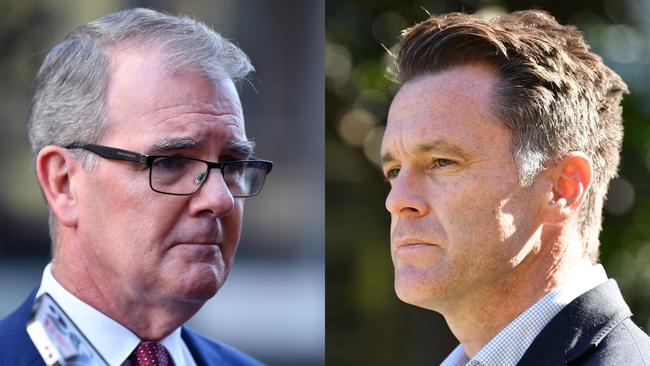
If it’s a Labor roadshow, strap in for anywhere up to two months of Labor’s best talent trying to one-up and destroy each other.
Government is won in the suburbs and the regions, at train stations, school pick-ups and dinner tables. Government has never once been won on a whistlestop tour of party branch meetings.
Kevin Rudd’s leadership rules, which were borne out of his own horror experience of being knifed, and later adopted in a version by Scott Morrison for the Liberal Party, do have some merit.
In essence, these rules make it incredibly difficult to roll a leader — with a far higher standard than the old days of a quick majority and an overnight spill.
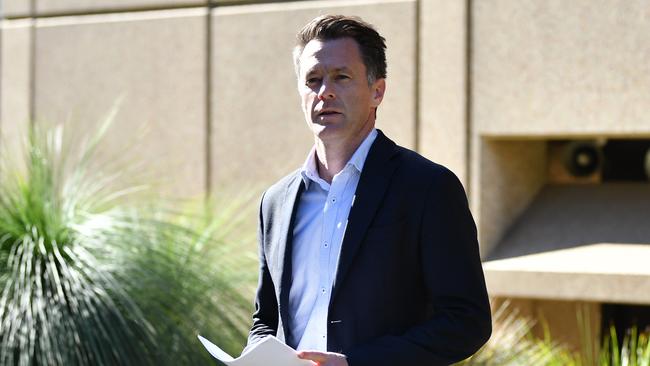
This offers stability to a democratically elected Prime Minister or Premier, something the public, who voted them in, should rightfully expect.
The rank and file ballot requirement also offers a party a chance to engage with its grassroots membership after a crushing election loss, usually the time when there is a leadership contest.
However, in midterm opposition, the logic disappears.
Bruce Hawker, respected Labor strategist to the likes of Rudd and Carr, made this point last week, saying he was never of the view the rules should apply in opposition because the leader has never been democratically elected at a general election.
He’s right, because by midterm opposition, you should be wholly and solely focused on electioneering — and I don’t mean with the party faithful.
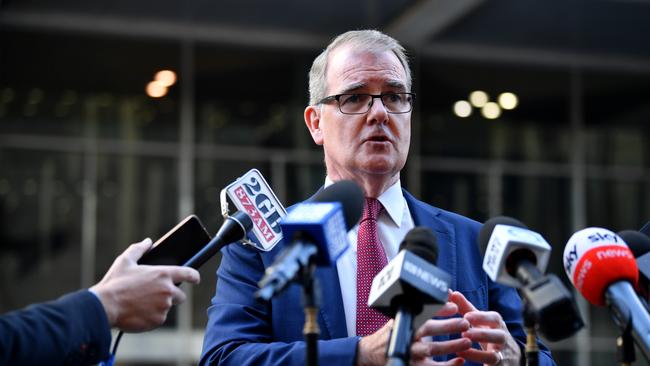
Without the Rudd rules, Minns would have been leader of the NSW Labor Party by last Saturday. He has the majority of support in the caucus.
But the rules, as they stand, allow 15 people to hold the party ransom and force a rank and file ballot.
Daley says he already has the 15 signatures he needs to force a ballot.
The smartest, most level-headed intervention this week came from federal MPs Michelle Rowland and Susan Templeman who called on Daley and Minns to avoid this or else risk marginal seats.
Both Rowland and Templeman lived through the Rudd/Gillard/Rudd era — Rowland as a marginal seat MP and Templeman as a candidate.
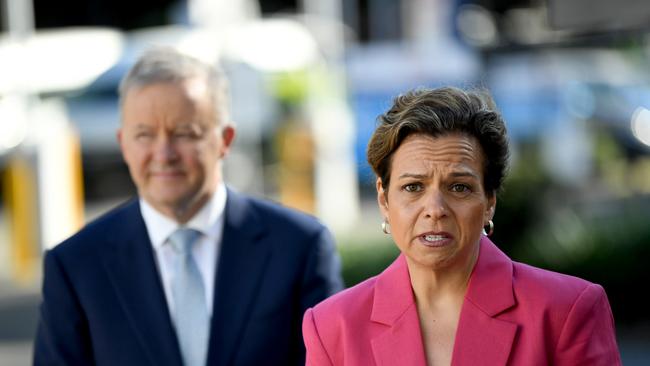
It was hellish and they are speaking from this place of experiencing years of inward-looking leadership instability.
Of course to avoid a ballot, one of the two needs to stand aside.
It’s worth remembering that Minns and Daley are from the same faction. They have similar Labor Right values. They differ only in age and life experience.
There is no good reason they should not be able to work together and focus on winning more Labor seats instead of focusing on the top job.
NSW Labor though, for years, has never harnessed the combined power of its best people. Riddled with division, there has always been a crew of top tier performers on the outer, either because of their own disloyalty or because they’ve been iced out by a paranoid leader.
The party must learn that when you’re on the ropes, as it has been for a decade, you can’t afford to leave any of your best people on the bench.
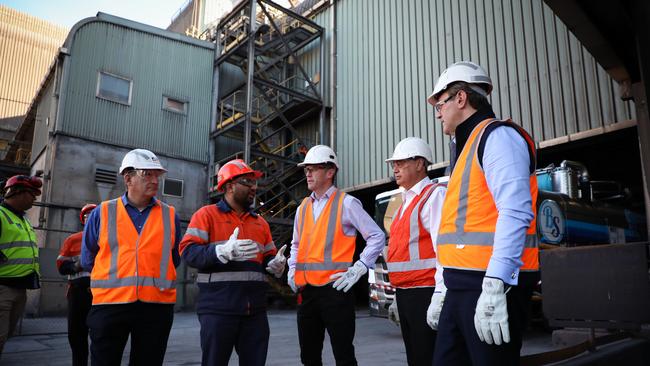
They should not be operating in a prism where either Minns or Daley and their backers become losers. They must instead be working together.
If you made a list of the most talented people in the parliament, most of them are backing Minns.
But on that list of most talented, three are still in the Daley column — Daley himself, Jodi McKay and her ex deputy Yasmin Catley.
If you could join them with the roll call of top talent in Minns’s column — Jo Haylen, Rose Jackson, Prue Car, Ryan Park, Paul Scully, Daniel Mookhey, John Graham and Jihad Dib — you could actually create a pretty formidable front bench.
Of course factional demands are a different matter.
But only Minns and Daley can bring the groups together and, if they want to win an election, they must do just that.
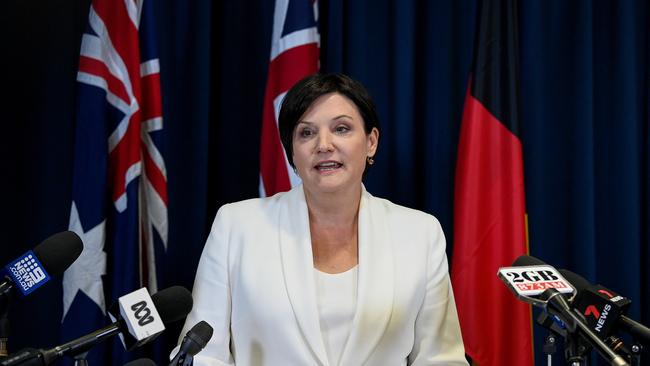
Instead of fighting each other, they should fight the government.
The one silver lining of applying the silly rank and file ballot rules is that they may just provide a breeding ground for MPs to think pragmatically like this.
If the old rules applied, Minns would have been leader last Saturday only needing 26 votes.
Instead, if he is to stop a ballot, he’ll need 36 people to refuse to sign Daley’s form.
Whatever happens, Minns will have worked hard to get as close to that result as he can, building a bigger support base in the caucus than he would have if he only needed a simple majority for a quick and dirty leadership spill.
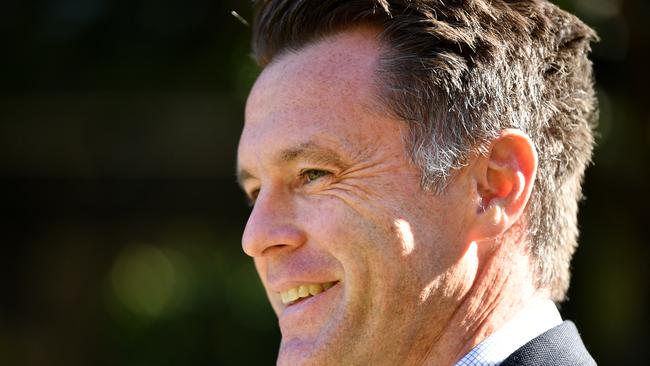
The process may have forced the party somewhere in the direction of having more people on one team, also known as unity.
If Labor rebuilds, with the best people on the same team, it can take paint off the Berejiklian government.
It’s a popular government but has clear weaknesses.
Tolls, the property market, offshore manufacturing, questions of corruption, Berejiklian’s own failure to deal with the decimation of the higher education sector despite talking about it for a year are all ripe for the picking.
Instead of the self-indulgence of an internal power struggle, Labor owes it to voters to focus on them.




